Understanding High Altitude Sickness: A Comprehensive Guide for Mountain Trekkers

Mountain trekking offers some of the most breathtaking experiences, from the serene beauty of untouched landscapes to the exhilarating challenge of reaching a summit. However, as you ascend to higher altitudes, the risk of high altitude sickness becomes a serious concern. Also known as Acute Mountain Sickness (AMS), high altitude sickness can affect anyone, regardless of their fitness level. This guide aims to provide mountain trekkers with essential information on recognizing, preventing, and managing high altitude sickness to ensure a safe and enjoyable trekking experience.
What is High Altitude Sickness?
High altitude sickness occurs when your body does not acclimatize well to the lower oxygen levels found at high elevations. As altitude increases, the atmospheric pressure decreases, leading to reduced oxygen availability. This condition typically manifests at elevations above 2,500 meters (8,200 feet).
Types of High Altitude Sickness
- Acute Mountain Sickness (AMS): The mildest and most common form, characterized by symptoms like headaches, nausea, dizziness, and fatigue.
- High Altitude Cerebral Edema (HACE): A severe, life-threatening condition where the brain swells with fluid. Symptoms include severe headaches, confusion, loss of coordination, and hallucinations.
- High Altitude Pulmonary Edema (HAPE): Another severe condition where fluid accumulates in the lungs, leading to symptoms such as extreme shortness of breath, coughing (sometimes with frothy or bloody sputum), and a feeling of suffocation.
Recognizing the Symptoms
Understanding and recognizing the symptoms of high altitude sickness early can be lifesaving. Here are the key symptoms to watch for:
Acute Mountain Sickness (AMS)
- Headache: Often the first and most common symptom.
- Nausea and Vomiting: Feeling sick and unable to keep food down.
- Dizziness: A feeling of lightheadedness or vertigo.
- Fatigue: Unusual tiredness or weakness.
- Loss of Appetite: Reduced desire to eat.
- Difficulty Sleeping: Insomnia or restless sleep.
High Altitude Cerebral Edema (HACE)
- Severe Headache: Intense, persistent headaches.
- Mental Confusion: Difficulty thinking clearly or making decisions.
- Loss of Coordination: Trouble walking straight or performing simple tasks.
- Hallucinations: Seeing or hearing things that aren’t there.
High Altitude Pulmonary Edema (HAPE)
- Extreme Shortness of Breath: Even at rest.
- Coughing: Often producing frothy or bloody sputum.
- Chest Tightness: A feeling of pressure or pain in the chest.
- Blue or Grey Lips/Fingernails: A sign of low oxygen levels.
Prevention Strategies
Preventing high altitude sickness is better than treating it. Here are some strategies to help you acclimatize and reduce your risk:
Gradual Ascent
- Slow and Steady: Ascend slowly to allow your body time to adjust. Aim for no more than 300-500 meters (1,000-1,600 feet) of elevation gain per day once above 3,000 meters (9,800 feet).
- Rest Days: Incorporate rest days every 3-4 days to acclimatize, especially if you plan to ascend further.
Stay Hydrated
- Drink Plenty of Water: Dehydration can exacerbate symptoms of altitude sickness. Aim to drink 3-4 liters of water per day.
- Avoid Alcohol and Caffeine: Both can contribute to dehydration and worsen symptoms.
Medication
- Acetazolamide (Diamox): Helps speed up acclimatization. Consult your doctor before using it as a preventive measure.
- Dexamethasone: Can reduce the symptoms of AMS, but should only be used under medical guidance.
Proper Nutrition
- Balanced Diet: Eat a high-calorie diet rich in carbohydrates to maintain energy levels.
- Avoid Heavy Meals: Opt for smaller, more frequent meals to aid digestion and reduce nausea.
Treatment
If symptoms of high altitude sickness appear, taking immediate action is crucial.
For Mild AMS
- Rest: Stop ascending and rest until symptoms subside.
- Descend: If symptoms persist, descend by at least 500 meters (1,600 feet).
- Medication: Over-the-counter pain relievers for headaches and anti-nausea medication can be helpful.
For Severe AMS, HACE, or HAPE
- Immediate Descent: Descend as quickly as possible, ideally with assistance.
- Oxygen: Use supplemental oxygen if available.
- Seek Medical Help: Severe cases require urgent medical attention.
Conclusion
High altitude sickness is a serious concern for mountain trekkers, but it can be managed effectively with the right knowledge and precautions. Always listen to your body, ascend gradually, stay hydrated, and be prepared to descend if necessary. By taking these steps, you can enhance your safety and enjoyment during your trekking adventures.
Happy trekking, and stay safe!
Related Stories & Blogs
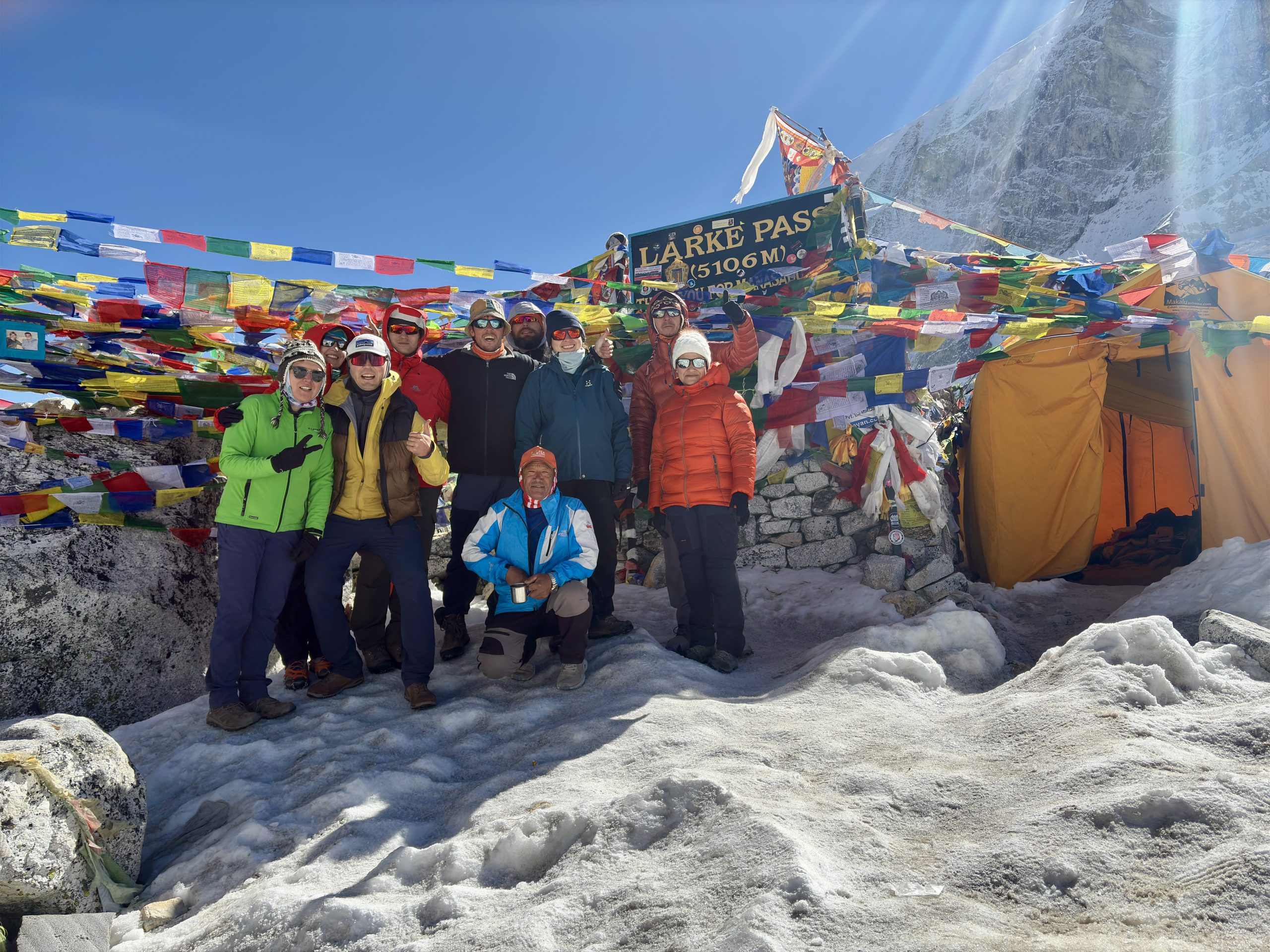
March 21, 2025
Larke La Pass (5,106m): A Breathtaking Himalayan Adventure
Larke La Pass (5,106m): A Breathtaking Himalayan Adventure Nestled within the heart of Nepal’s Manaslu Conservation Area, Larke La...
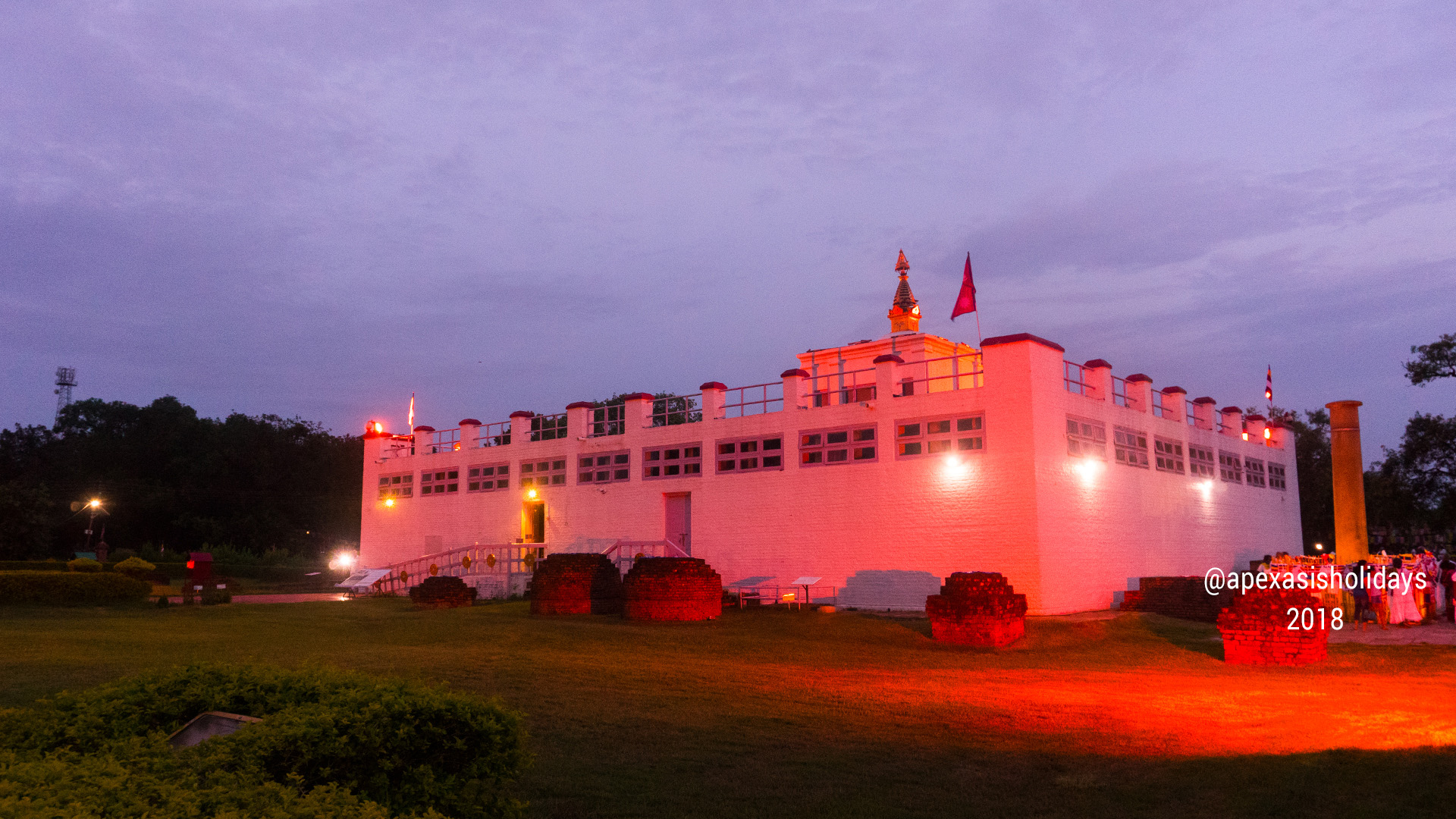
March 14, 2025
Entry Fees for Heritage Sites and Museums in Nepal
When planning your city tour in Nepal, it’s essential to be aware of the entry fees for various heritage...
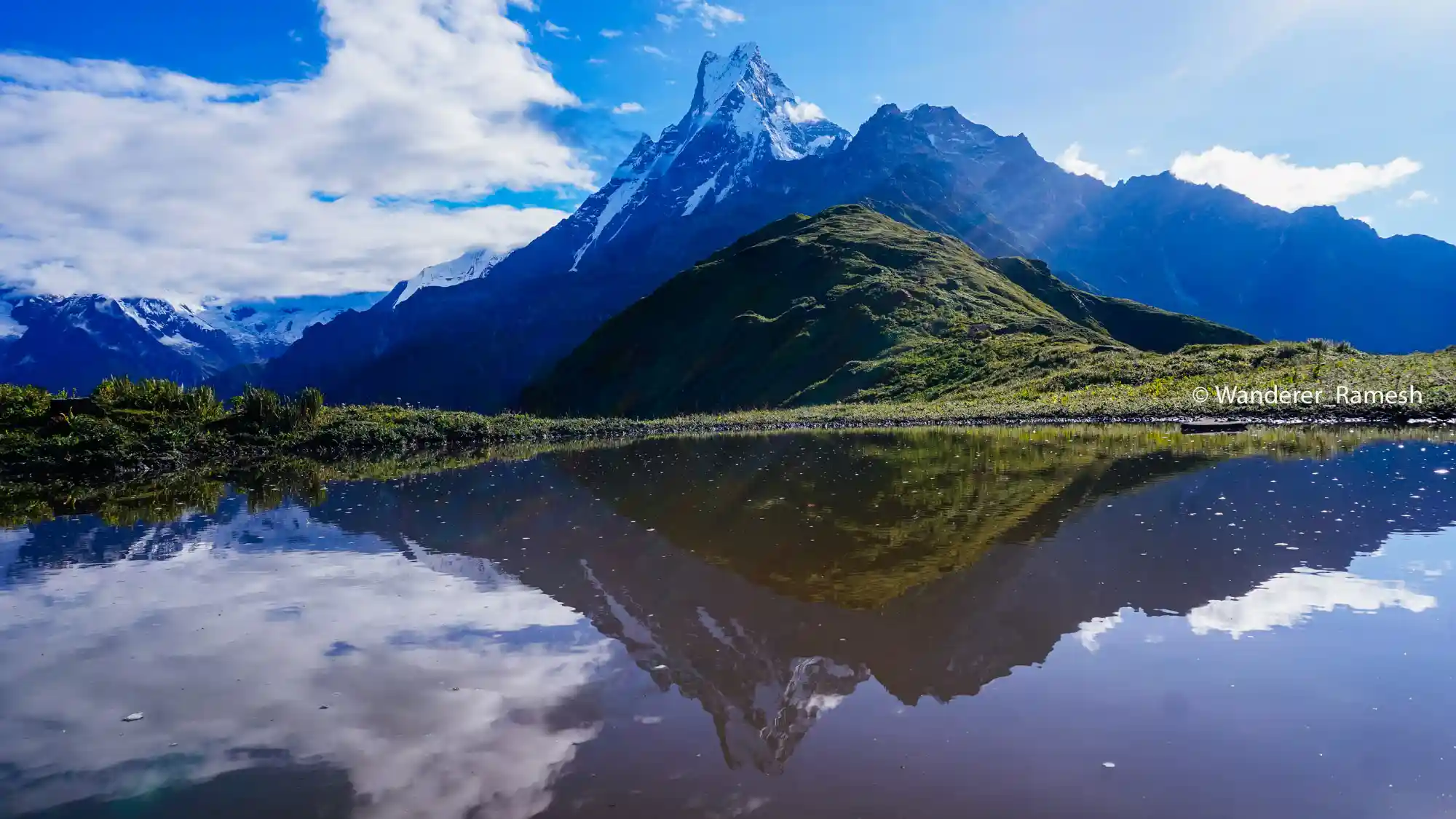
March 12, 2025
List of Hotels on the Mardi Himal Base Camp Trek
Are you looking for accommodation along the Mardi Himal Trek route? You will primarily find teahouses, guesthouses, and basic...
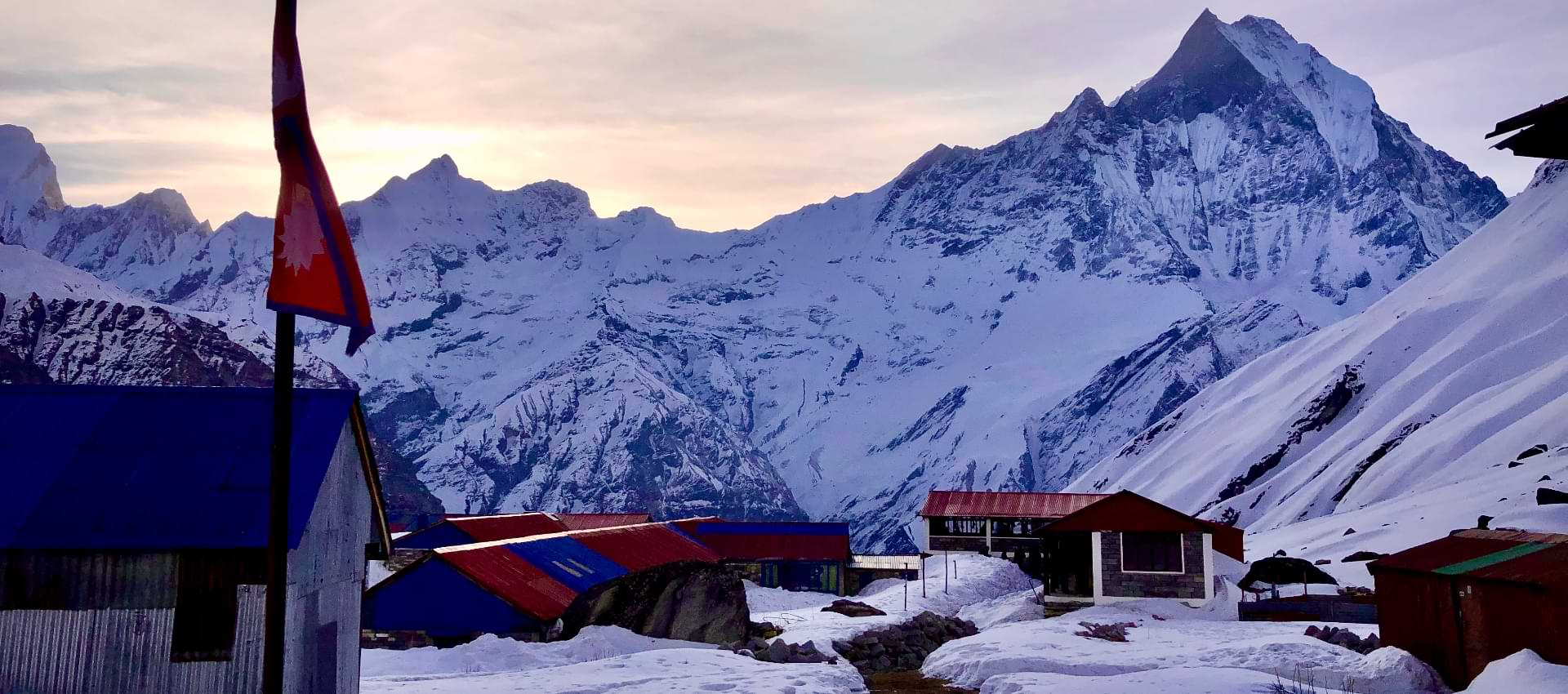
March 10, 2025
Hotel Names and Contact Numbers on the Annapurna Base Camp Trek
Hotel Names and Contact Numbers on the Annapurna Base Camp Trek The availability of hotels and guesthouses along the...
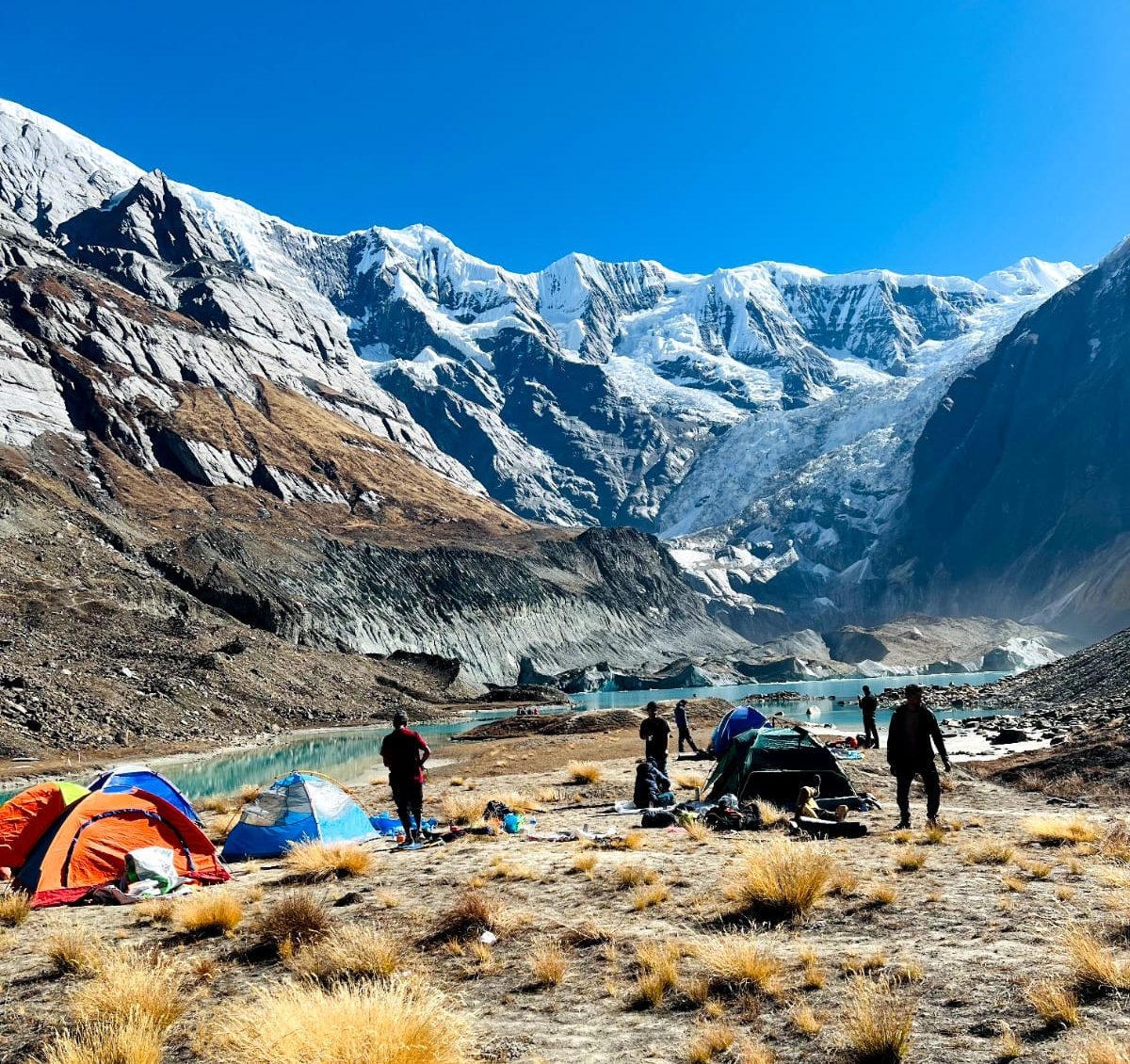
January 09, 2025
Journey to the Hidden Gem: North Annapurna Base Camp Trek
The wind carried a faint whisper of adventure as I set foot in Narchang village, the gateway to one...
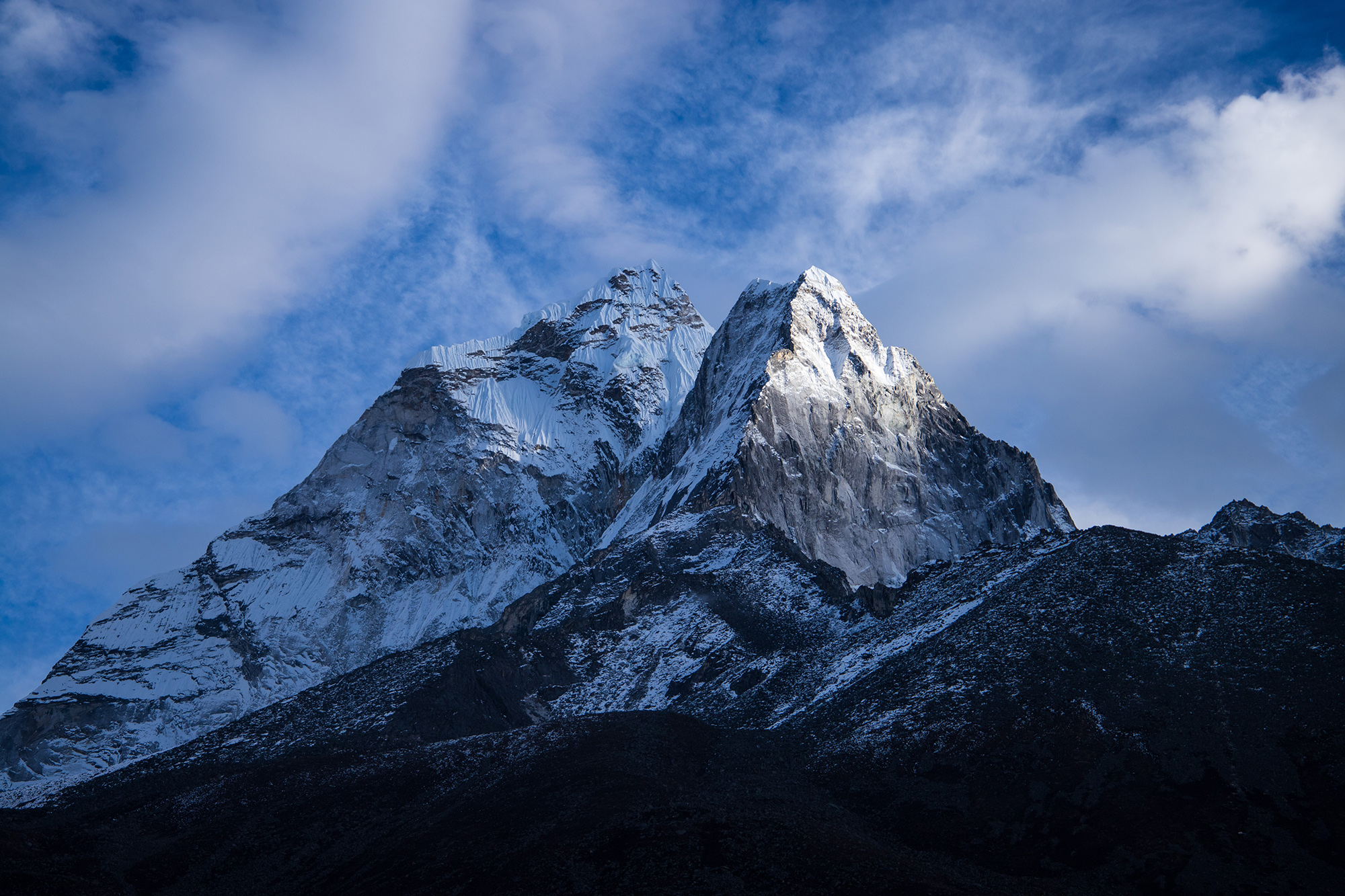
January 07, 2025
The Importance of Acclimatization Days on the Everest Base Camp Trek
The Importance of Acclimatization Days The Everest Base Camp (EBC) Trek is one of the most iconic journeys for...
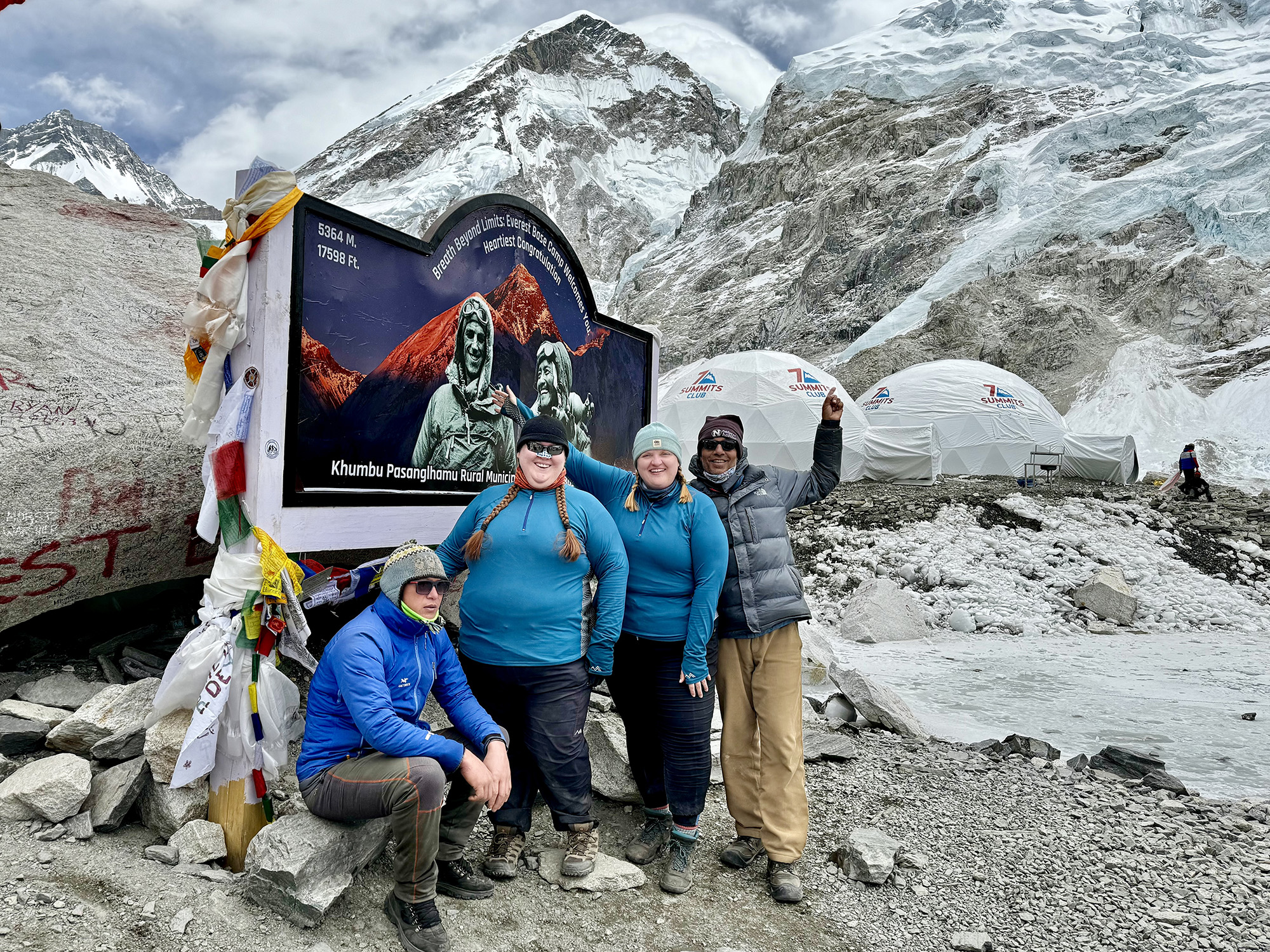
January 03, 2025
Everest Base Camp: A Journey to the Roof of the World
Every step on the Everest Base Camp (EBC) Trek carries you closer to the roof of the world, where...
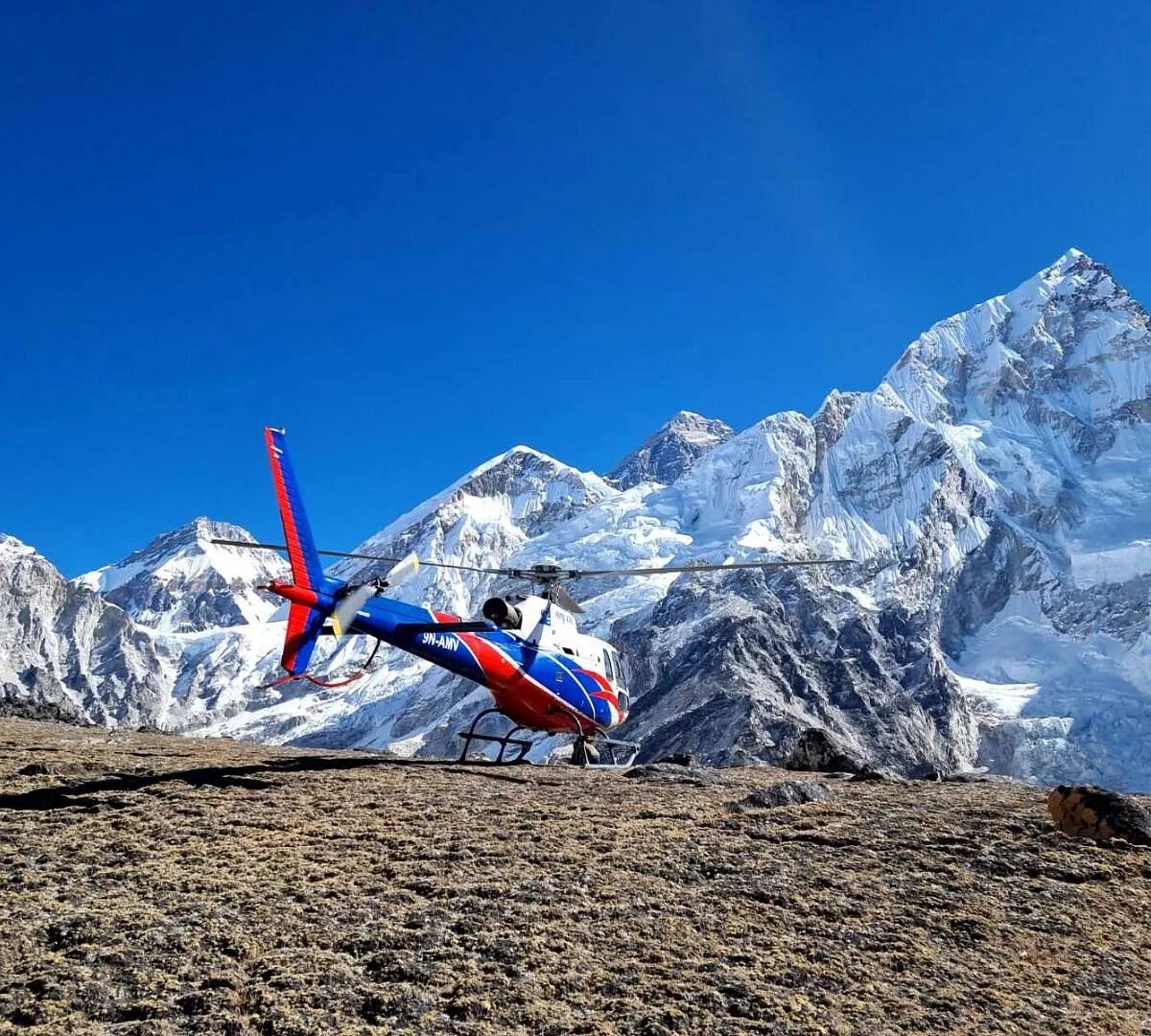
December 27, 2024
Everest Helicopter Sightseeing Ban: What Travelers Need to Know
Effective January 1, 2025, Nepal’s Sagarmatha National Park has implemented a ban on Everest helicopter sightseeing flights. This decision...
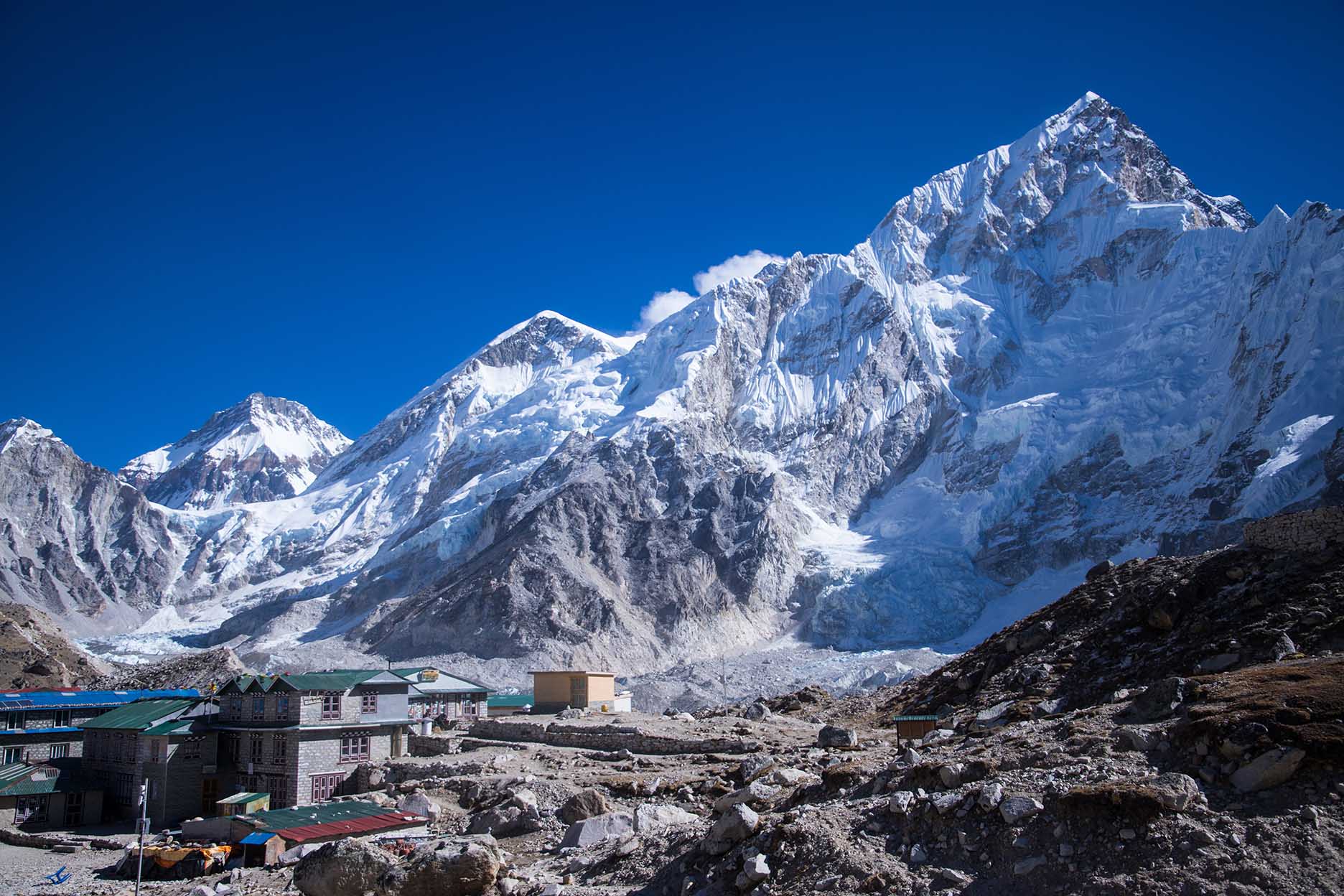
December 20, 2024
Your Ultimate Guide to Everest Base Camp Trek Itineraries
The Everest Base Camp (EBC) trek is a dream journey for adventurers and mountain enthusiasts around the globe. With...

 Ramesh
Ramesh